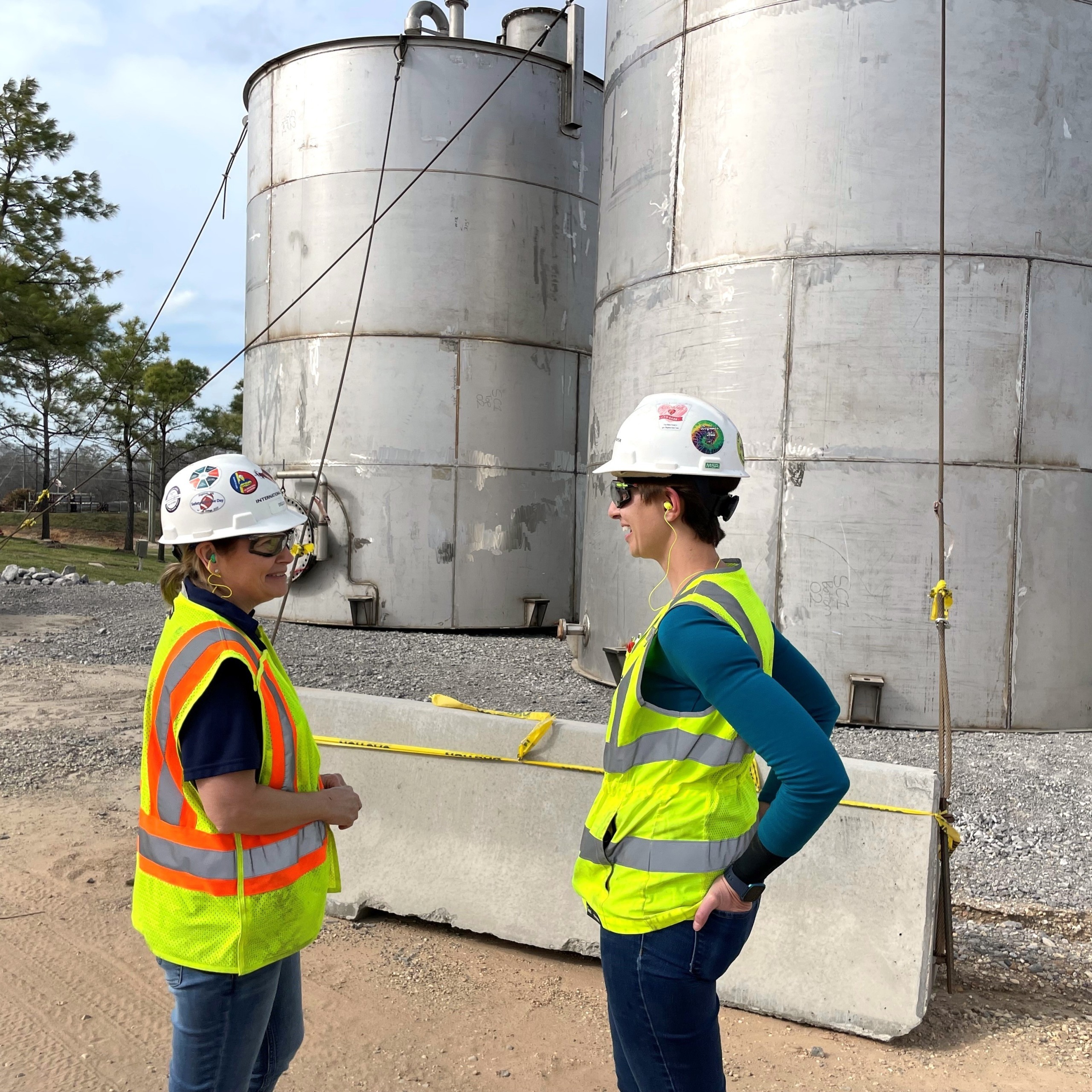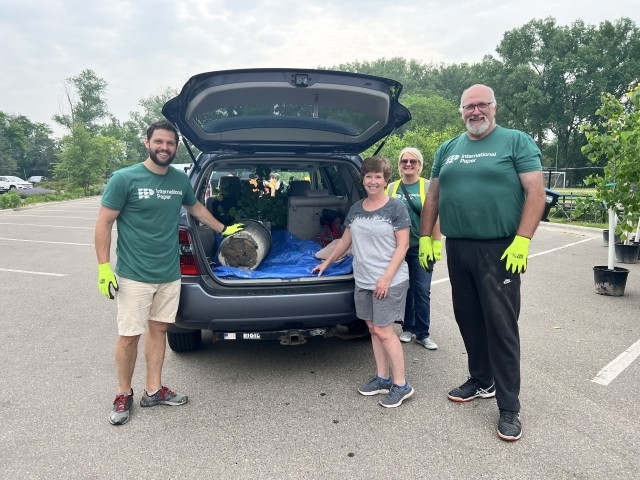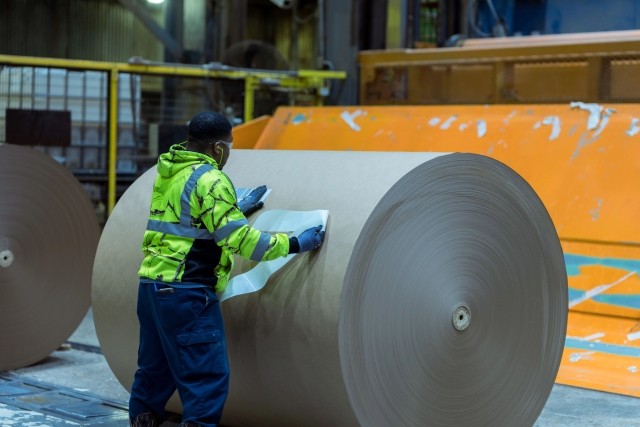Girl Power on the Assembly Line
In 1813, a businessman named Francis Cabot Lowell formed the Boston Manufacturing Company and built a textile mill next to the Charles River. By 1840, the Industrial Revolution was in full swing, and Lowell’s mills employed almost 8,000 workers, with women making up nearly three-quarters of the workforce.
The “Lowell Mill Girls,” as they came to be called, were daughters of New England and Canadian farmers, typically between the ages of 15 and 35. Working in mills gave these women their first opportunity in America for independence and a bit of financial freedom. Over time, adult women in manufacturing displaced child labor, and women led the American labor movement for safer work environments and restricted labor hours.
Women in mills today can achieve the highest levels of education and leadership thanks to the Lowell Mill Girls who laid the groundwork centuries ago.
Empowering Women in STEM
Bri Butchart, finished product business unit manager at the Bogalusa Mill, went into manufacturing because it met all three of her requirements for her career: to not be trapped at a desk, to work directly with people and to see the impact of her work in real time. She’s far from the only one.

Under the Thriving People and Communities Vision 2030 goal, IP aims to have 30% overall representation of women in all positions and 50% of women in salaried positions. In Bogalusa, 50 percent of the mill’s lead team are women, serving in positions that include operations, engineering and EHS. As the Bogalusa mill demonstrates, increasing women representation is possible.
But being a woman in manufacturing leadership isn’t completely without its challenges, even in the 21st century. Bri says for one thing, many men have an instinct to be gentlemanly, to volunteer to do tasks for women.
“When I was younger, men were very protective of me, and I appreciated that they saw me as one of their daughters. But papermaking requires experiential learning, and it was important to me that I learn how to complete a task myself,” said Bri, who holds a chemical engineering degree from Rose-Hulman Institute of Technology.
Lee Dillon, engineering manager at Bogalusa, faced challenges managing contractors in her career.
Fear will try to keep you from doing things. It’s when you push yourself past the fear that you improve.
“People often assumed I wasn’t qualified because they’d never seen a woman in that position,” she said. “I overcame that by proving myself. I’ve always wanted to be the best at everything I did – sports, school, my career. That takes dedicated work and I’m willing to make that effort in order to be successful.”
In her role at Bogalusa, Lee has managed some highly complex, multi-million-dollar projects like installing new drives on the #8 Paper Machine and a DCS system in the pulp mill.
Lee, who holds a mechanical engineering degree from Mississippi State University, says she is most proud of these accomplishments because complex electrical projects tend to be outside her comfort zone. “Fear will try to keep you from doing things. It’s when you push yourself past the fear that you improve,” she said.
The Impact of Excellence
At IP, we believe that more effective solutions can be found when people with diverse backgrounds and experiences bring different perspectives to the table. And diversity in leadership helps improve diversity in our workforce.
“People like to see themselves represented on our leadership teams,” said Bri.
It’s one reason she has actively worked to bring mill participation to the Women in IP (WIP) Employee Networking Circle. “I made a commitment to provide space for women to participate in the WIP ENC, so they’ll know there’s a network of people who support them whenever they need it.”
All seven of the women on our mill lead team are also mothers. We represent that women can have both a career and a family. We don’t have to limit ourselves. We don’t have to choose.
Lee added that the women in leadership are role models to the younger women who are beginning their careers. “All seven of the women on our mill lead team are also mothers,” she pointed out. “We represent that women can have both a career and a family. We don’t have to limit ourselves. We don’t have to choose.”

